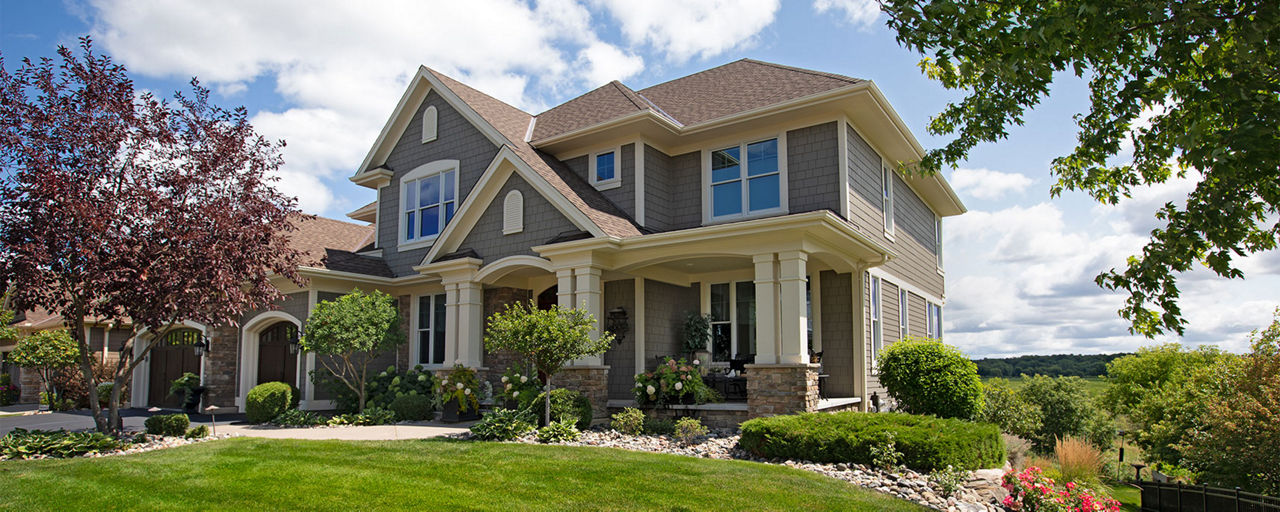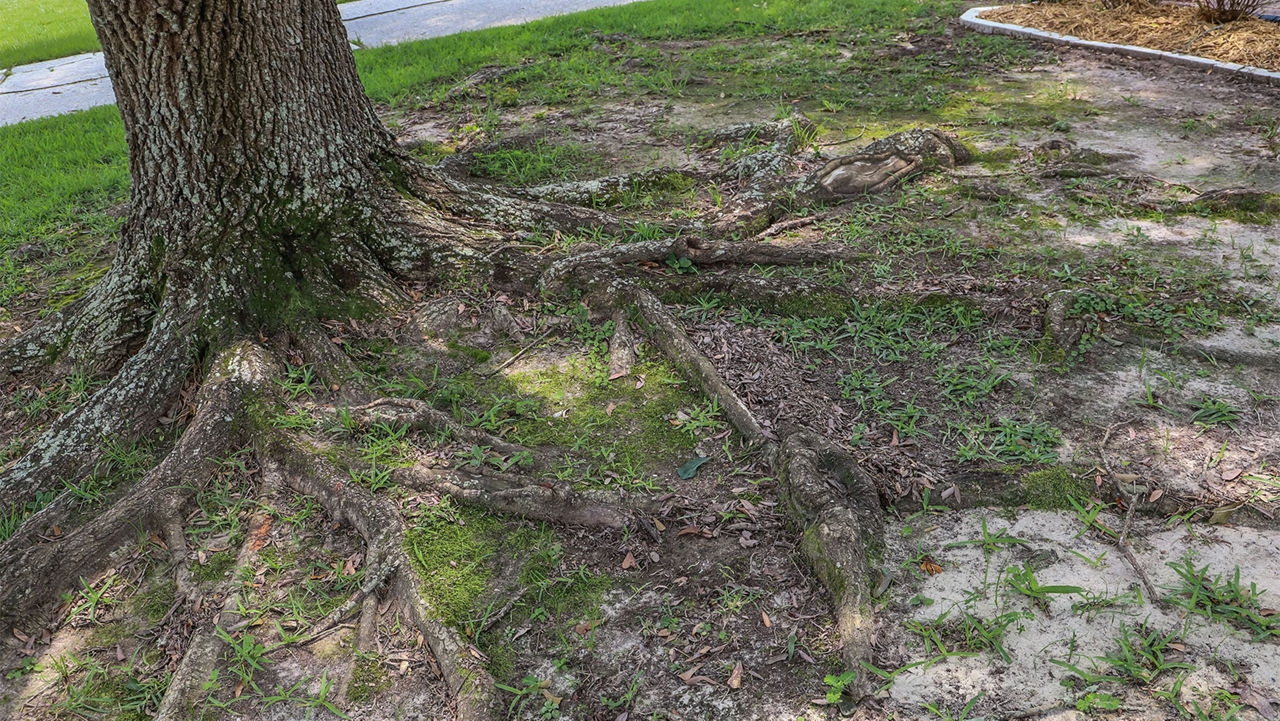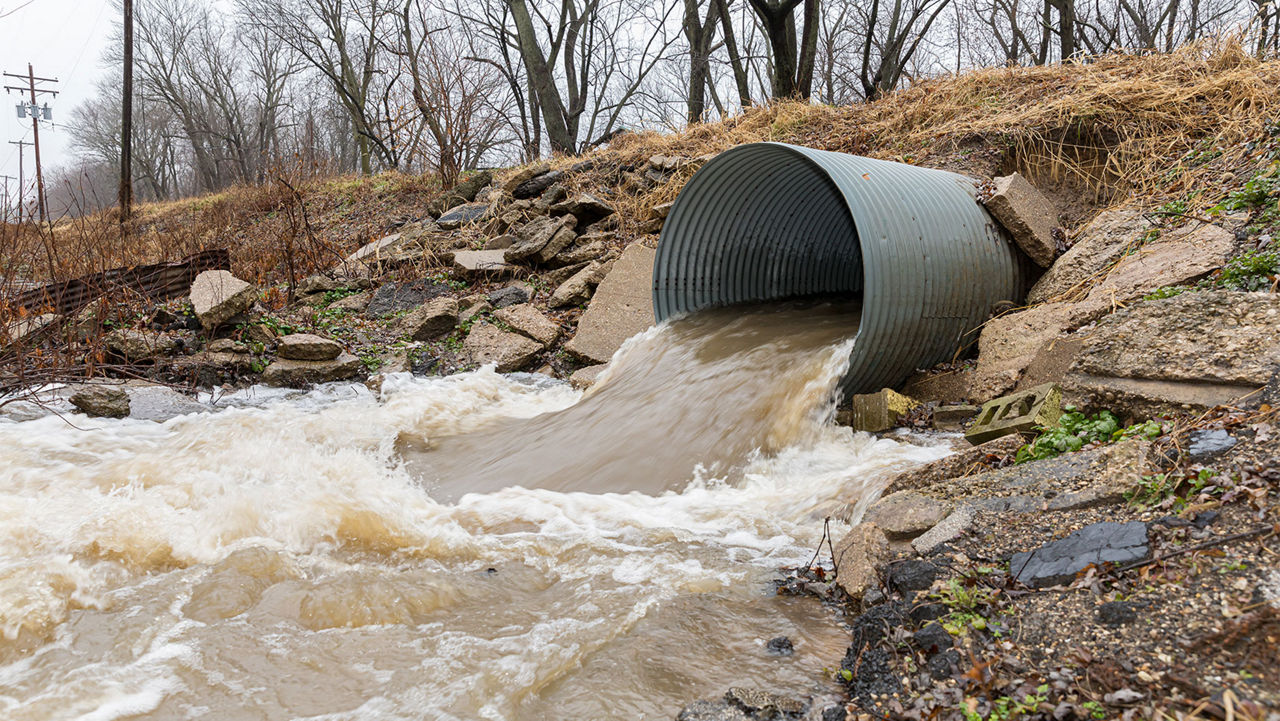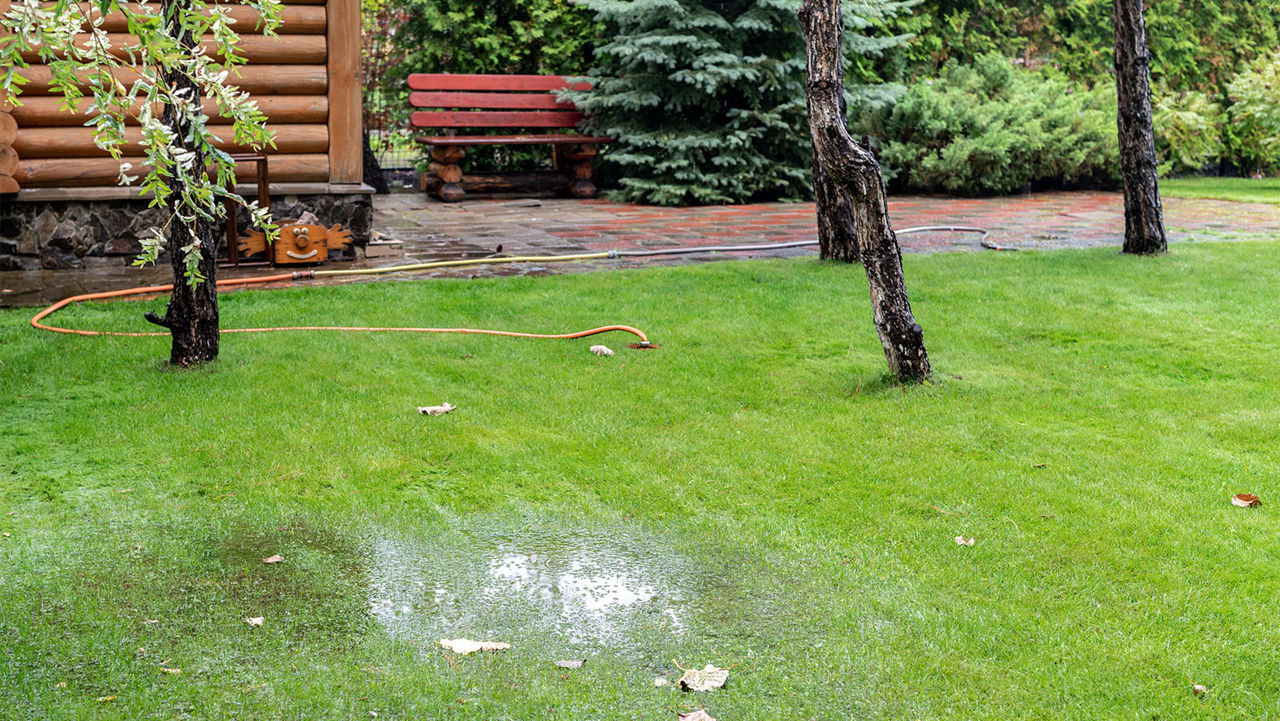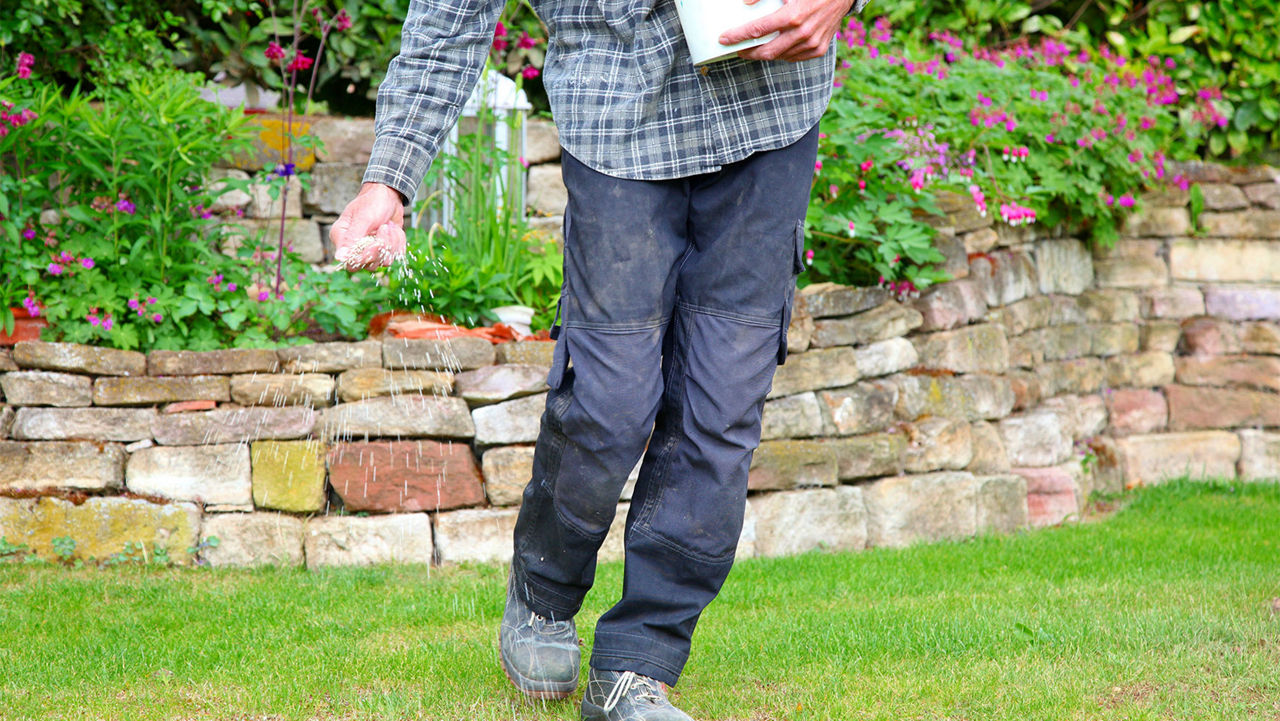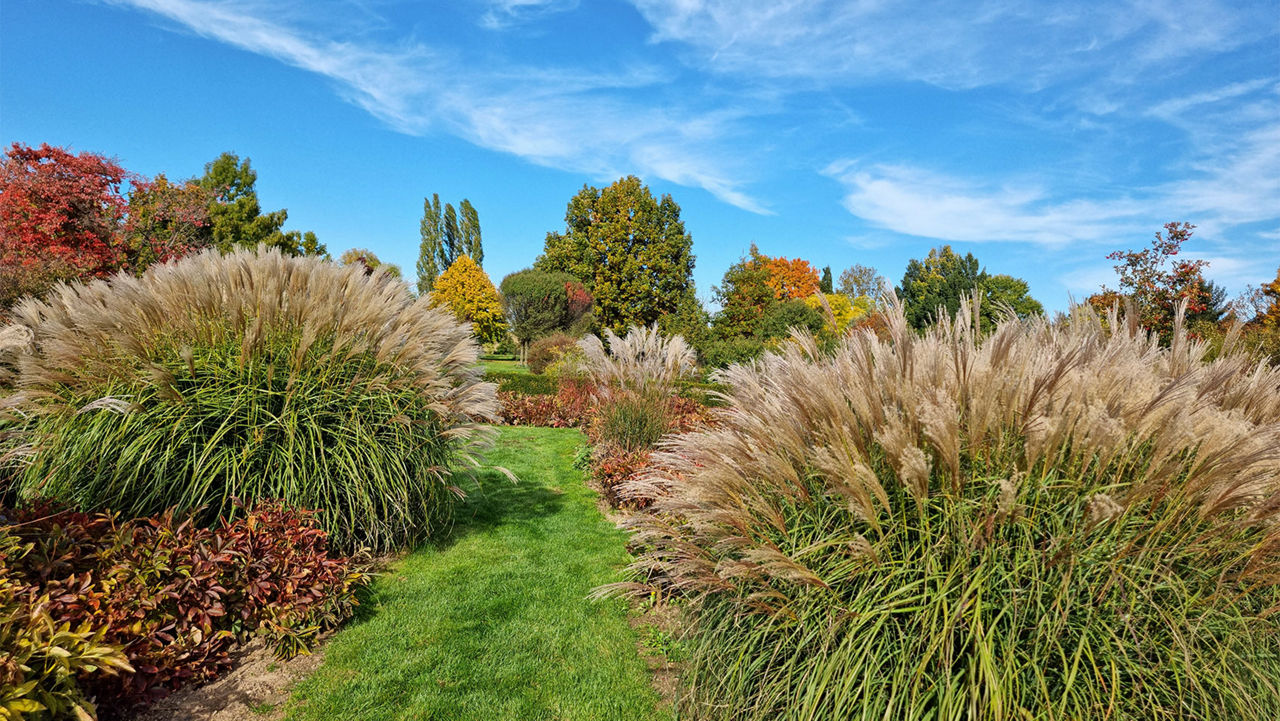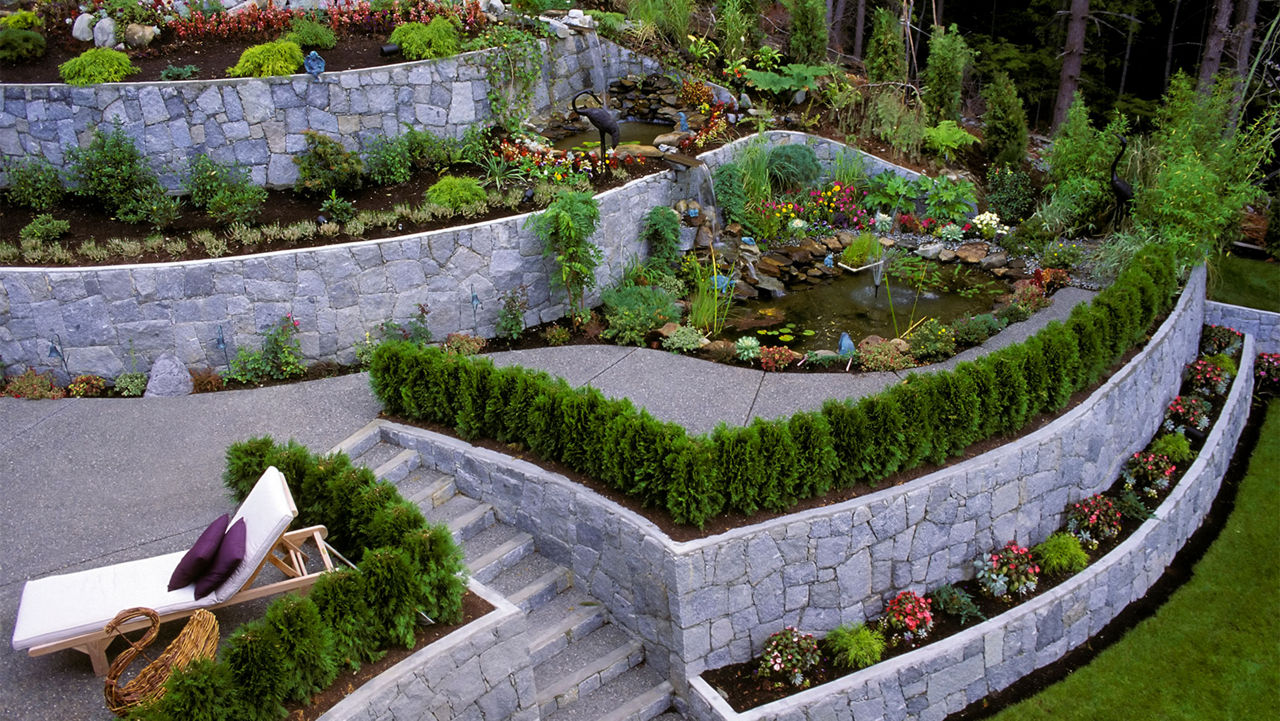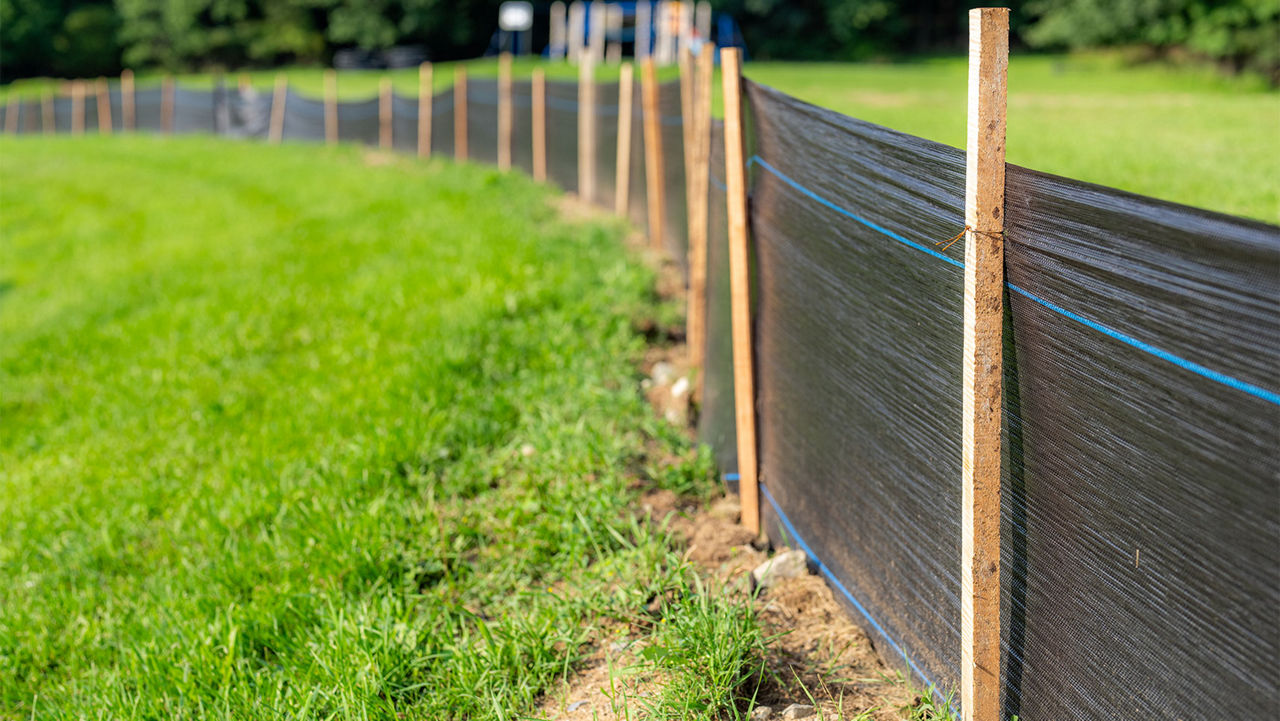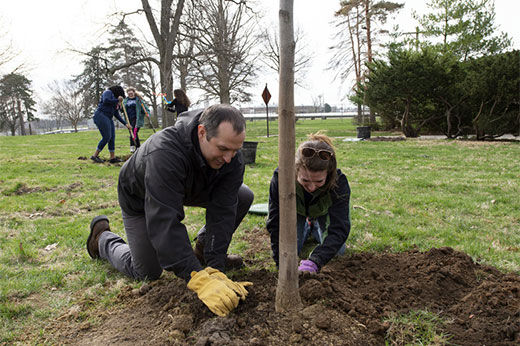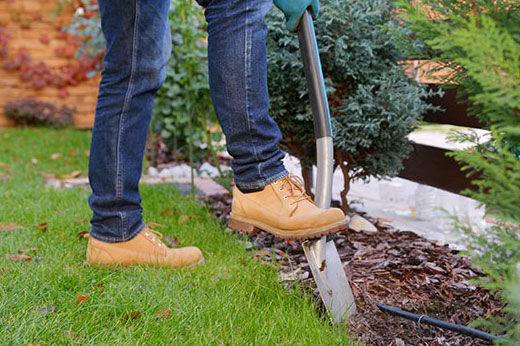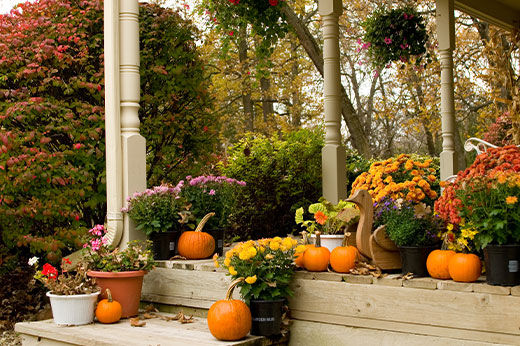Prevent Soil Erosion with Help from Do It Best
No matter what soil erosion solution you choose, your local Do It Best has the supplies and tools you’ll need for a healthy and thriving yard.
Soil erosion happens because of wind, water, and good old gravity. You'll likely notice soil erosion if your yard features a slop or angled area. Taking preventative measures and planning your landscaping will help you keep the soil in place.
Grass is the best and easiest way for most homeowners to prevent erosion. Use landscaping cloth or plant annual grass while your perennial grass takes root. Alternatively, you can use ground-covering native plants, grasses, and landscaping rock to help prevent soil erosion.
Other solutions to erosion include terracing your yard in a tiered fashion to help create flat areas where plants and soil can stay in place. In urgent situations, you may need to use sandbags or silt fences to prevent erosion while you adjust the landscaping of your yard or install drainage solutions.
For all the supplies you need, Do It Best has you covered. We carry landscaping products to help you get (and keep) the yard of your dreams!
